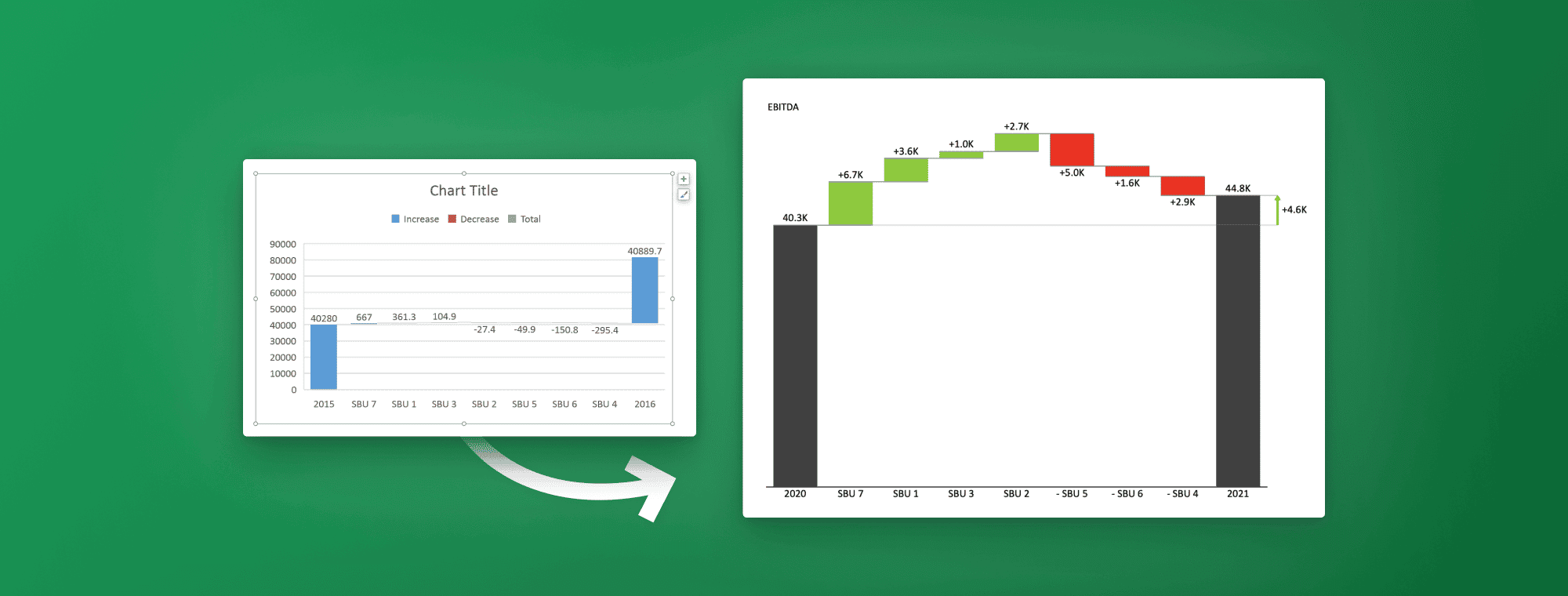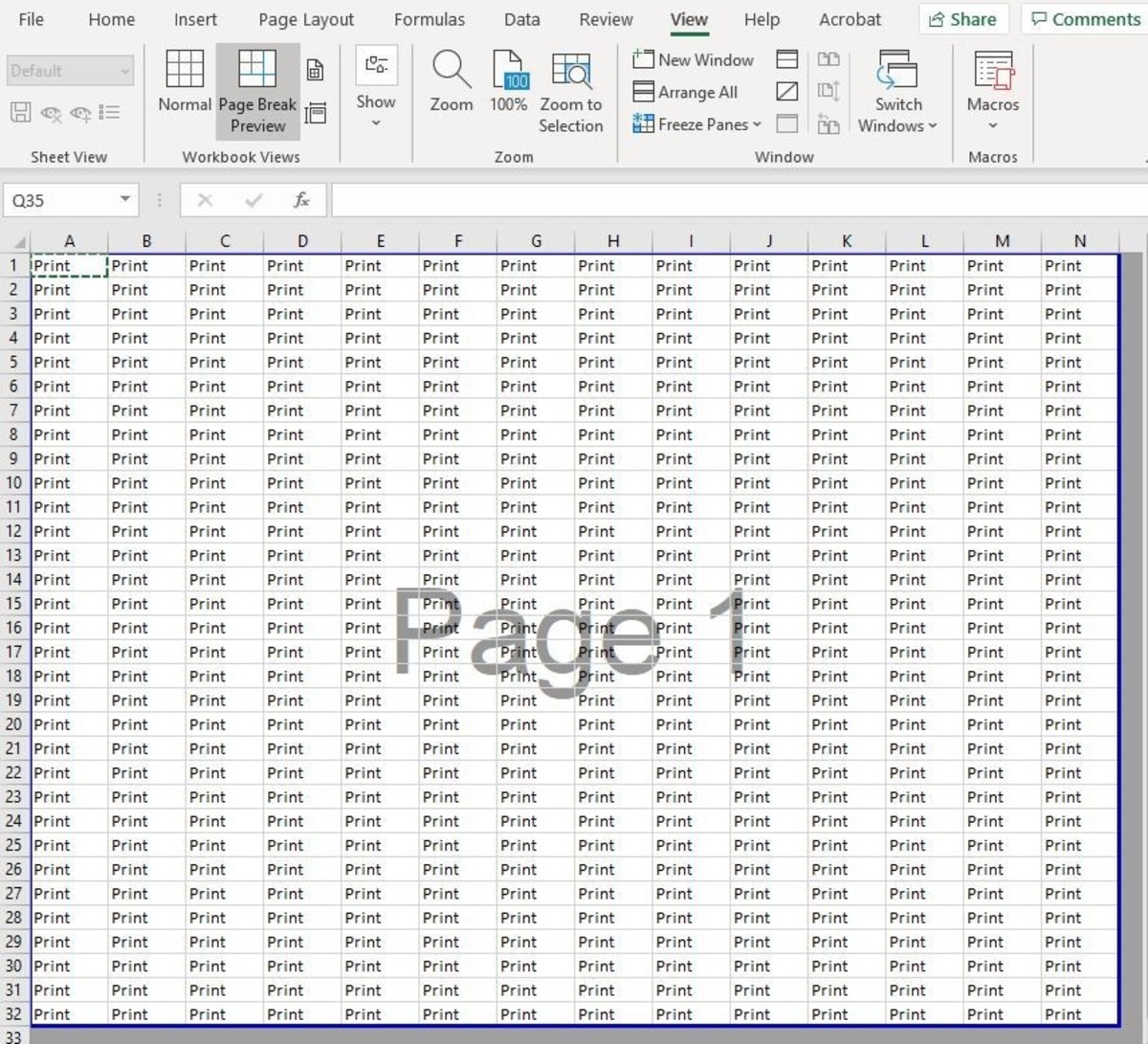10 Simple Techniques For Excel Links Not Working
Table of ContentsHow Excel Links Not Working can Save You Time, Stress, and Money.Get This Report on Excel Links Not WorkingLittle Known Questions About Excel Links Not Working.Examine This Report about Excel Links Not WorkingWhat Does Excel Links Not Working Mean?

Nevertheless, array estimation functions like either can not manage entire column recommendations or compute all the cells in the column. User-defined features do not immediately acknowledge the last-used row in the column and also, consequently, regularly calculate whole column referrals inefficiently. It is simple to program user-defined features so that they recognize the last-used row.

The Basic Principles Of Excel Links Not Working
Making use of the formula for a dynamic array is typically preferable to the formula due to the fact that has the drawback of being a volatile function that will certainly be calculated at every recalculation. Efficiency lowers since the feature inside the dynamic array formula must take a look at several rows. You can lessen this efficiency decrease by storing the part of the formula in a separate cell or defined name, and after that referring to the cell or name in the dynamic variety: Counts!z1=COUNTA(Sheet1!$A:$A) Offset, Dynamic, Array=OFFSET(Sheet1!$A$ 1,0,0, Counts!$Z$ 1,1) Index, Dynamic, Array=Sheet1!$A$ 1: INDEX(Sheet1!$A:$A, Counts!$Z$ 1+ROW(Sheet1!$A$ 1) - 1,1) You can additionally make use of functions such as to construct vibrant ranges, but is unstable as well as constantly determines single-threaded.
Using numerous vibrant ranges within a single column needs special-purpose checking functions. Using numerous dynamic varieties can reduce efficiency. In Office 365 version 1809 and also later on, Excel's VLOOKUP, HLOOKUP, and MATCH for exact suit on unsorted data is much faster than ever when looking up numerous columns (or rows with HLOOKUP) from the exact same table variety.
If you make use of the precise match alternative, the computation time for the feature is proportional to the number of cells checked before a suit is found. Lookup time making use of the approximate suit options of,, and on arranged data is fast and is not significantly boosted by the length of the range you are looking up.
Unknown Facts About Excel Links Not Working
Ensure that you understand the match-type as well as range-lookup alternatives in,, and. The complying with code instance reveals the phrase structure for the function. To find out more, see the Match method of the Worksheet, Function object. MATCH(lookup value, lookup range, matchtype) returns the largest suit much less than or equivalent to the lookup value when the lookup selection is click resources arranged rising (approximate match) (excel links not working).
The default choice is approximate match sorted rising. demands an exact match as well as presumes that the data is not sorted. returns the tiniest match above or equivalent to the lookup worth if the lookup range is arranged descending (approximate match). The following code example reveals the syntax for the and features.
VLOOKUP(lookup value, table selection, col index num, range-lookup) HLOOKUP(lookup value, table selection, row index num, range-lookup) returns the largest match much less than or equal to the lookup value (approximate suit). Table variety should be arranged ascending.
Getting The Excel Links Not Working To Work
If your information is arranged, but you want a precise match, see Use 2 lookups for sorted data with missing values. Attempt using the as well as works rather than. Is slightly faster (about 5 percent much faster), simpler, and uses much less memory than a mix of and, or, the additional adaptability that and offer typically enables you to considerably read here conserve time.
The feature is rapid and also is a non-volatile feature, which accelerates recalculation. The function is likewise quick; nevertheless, it is an unstable feature, as well as it often dramatically boosts the time taken to process the computation chain. It's very easy to convert to as well as. The complying with 2 declarations return the exact same response: VLOOKUP(A1, Data!$A$ 2:$F$ 1000,3, False) INDEX(Data!$A$ 2:$F$ 1000, SUIT(A1,$A$ 1:$A$ 1000,0),3) Due to the fact that specific suit lookups can be sluggish, consider the complying with choices for improving performance: Make use of one worksheet.
When you can, the data initially (is quick), and also use approximate suit. When you need to utilize a specific suit lookup, restrict the series of cells to be scanned to a minimum. Use tables as well as structured referrals or dynamic array names instead than describing a multitude of rows or columns.
The Buzz on Excel Links Not Working
Two approximate suits are considerably faster than one precise match about his for a lookup over greater than a couple of rows. (The breakeven factor is about 10-20 rows.) If you can arrange your data but still can not utilize approximate suit because you can not make sure that the value you are seeking out exists in the lookup range, you can use this formula: IF(VLOOKUP(lookup_val, lookup_array,1, Real)=lookup_val, _ VLOOKUP(lookup_val, lookup_array, column, True), "notexist") The initial part of the formula works by doing an approximate lookup on the lookup column itself.
VLOOKUP(lookup_val, lookup_array, column, Real) If the solution from the lookup column did not match the lookup value, you have an absent value, and the formula returns "notexist". Be conscious that if you look up a worth smaller sized than the tiniest worth in the list, you receive an error. You can manage this error by using, or by adding a small examination worth to the checklist.
Starting with Excel 2007, you can make use of the feature, which is both easy as well as rapid. IF IFERROR(VLOOKUP(lookupval, table, 2 FALSE),0) In earlier variations, a simple but slow method is to use a function that has 2 lookups. IF(ISNA(VLOOKUP(lookupval, table,2, FALSE)),0, _ VLOOKUP(lookupval, table,2, FALSE)) You can stay clear of the double exact lookup if you use precise as soon as, save the lead to a cell, and after that check the outcome before doing an.